Call Us
Send Us A Message
Get a Quote
There is a 100 piece minimum to work with a sales rep.
Screen Printing: 25 pieces minimum
Embroidery: 3 pieces minimum
Water-based Transfers: 1 pieces minimum
Direct-To-Garment: 1 pieces minimum
Patches: 25 pieces minimum
Office: (323) 261-8700
9 AM - 5:30 PM PST
Chat Available 9 AM - 2 AM PST
Back
Your dedicated account rep is here to keep you updated and offer real time suggestions and project navigation every step of the way. Online ordering and live price quotes available here.
This will help us tailor the experience depending on your experience and know how to best support you.
Select one or as many of the services below you are interested in.
If you need help to identify the correct product for the correct demographic at the correct price point, select "I need help searching" and we will ask you a few additional questions to allow us to submit the best options for your project.
We want to make sure your recipients will love and wear the merch you create time and time again. These questions will really help us identify the products that will best fit your audience.
Please make sure that you have reached minimum order quantity for preferred option. MOQ descriptions you can find
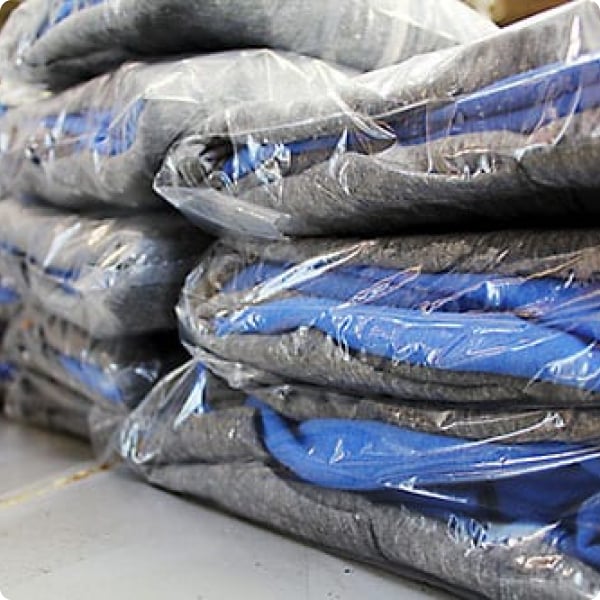
DTLA Print has an in house finishing department in its facility with trained individuals to professionally fold and bag your garments. Bags can be provided with customizable options, however we use a 1 mill flat poly bag which can be air sealed or taped shut.
$0.95/Shirt
+ 2 days
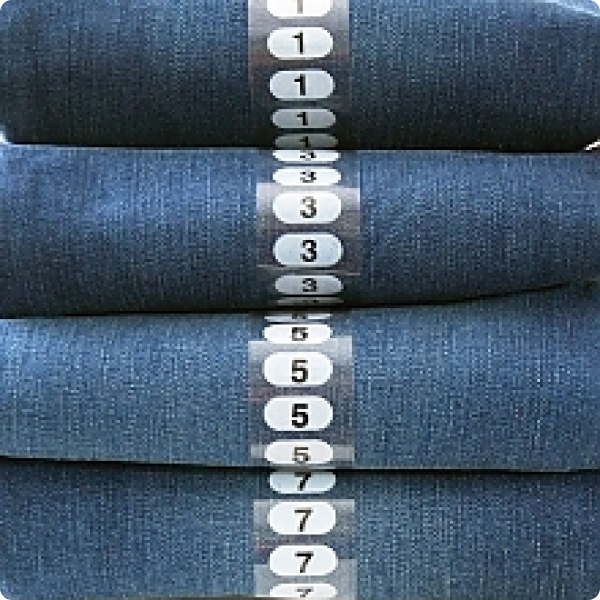
Add a size sticker to the outside of each garment or poly bag to easily identify the size of a garment. Packages do come separated by size how ever many retailers and fulfillment centers do require these stickers.
$0.65/Shirt
+ 2 days
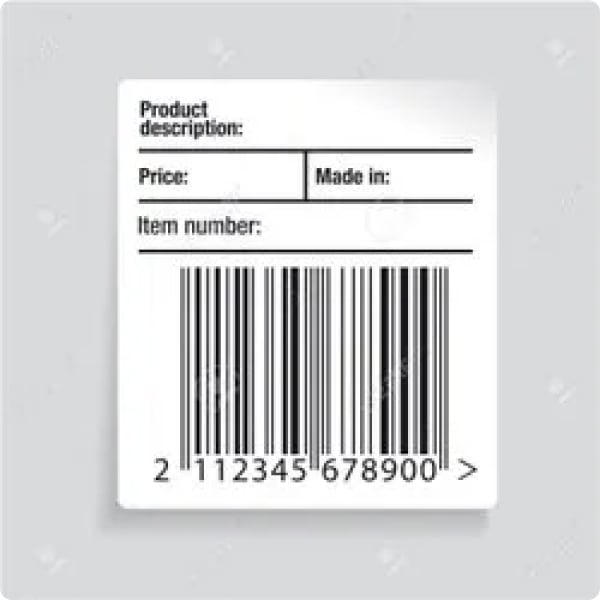
We will print & apply a custom UPC label for any retailer, 3rd party logistics or fulfillment partner you work with.
$0.75/Shirt
+ 2 days

Incorporating price tickets and hang tags securely with a pin, while offering a diverse array of sizes, colors, and finishes, significantly enhances the perceived quality and overall appeal of your garment. Additionally, not only elevate the garment’s perceived value but also provide essential product information, giving your customers a more informed and satisfying shopping experience.
$1.8/Shirt
+ 14 days
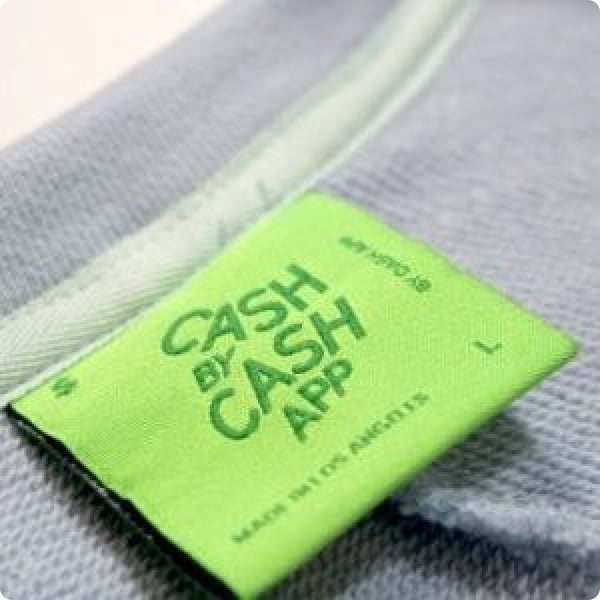
Create a fully custom woven main label. Includes the actual label itself and the sewing of the label. We will reach out to discuss the woven label material choices, shapes, and design. Please note this does add extra business days to the production time.
$2.75/Shirt
+ 14 days
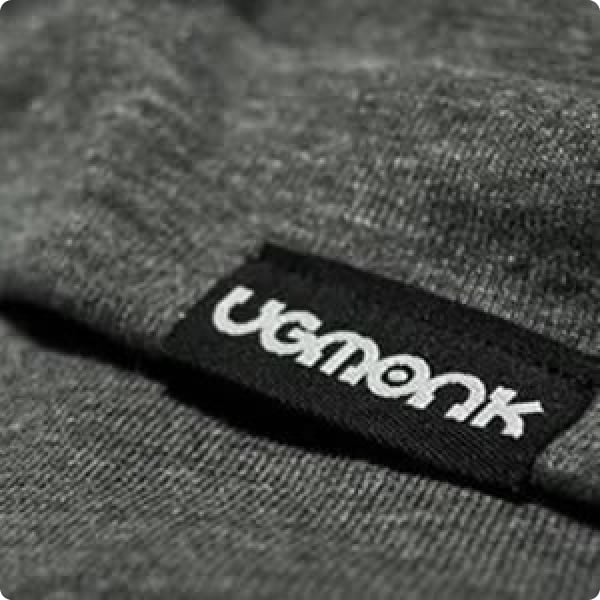
Create a fully custom woven hem label. Similar to the main label, this includes the actual label itself and the sewing of the label. We will reach out to discuss the woven label material choices, shapes, and design. Please note this does add extra business days to the production time. Hem labels go anywhere except the neck label of a garment.
$1.85/Shirt
+ 14 days
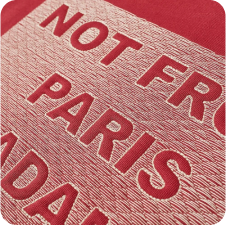
4.5” W but larger can be requested
Not common, but possible
PSD, AI, PDF, EPS, PNG
12
Metallic & 3D Puff
Scaled to size or larger with transparent background
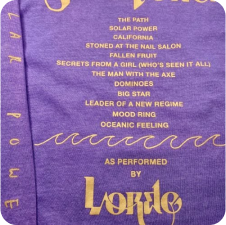
3” - 12” depending on location
15x18” *special request
PSD, AI, PDF, EPS, PNG
8
3M Reflective, Water-based, Plastisol, Puff, Etc...
Scaled to size or larger with transparent background
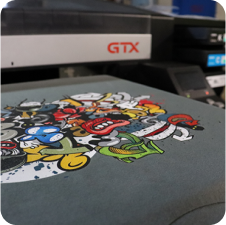
15x18”
PNG preferred, ( also acceptable; PSD, AI, PDF, EPS, JPG )
Unlimited
300 DPI scaled to size or larger with a transparent background
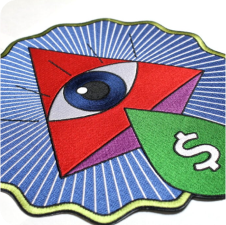
10x13.5”
PNG preferred, ( also acceptable; PSD, AI, PDF, EPS, JPG )
Unlimited
300 DPI scaled to size or larger with a transparent background
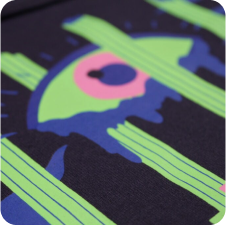
15x18”
PNG preferred, ( also acceptable; PSD, AI, PDF, EPS, JPG )
Unlimited
300 DPI scaled to size or larger with a transparent background
Upload Mockups
Don’t worry! Every order is triple checked even if it does not look perfect in this demo.
Max File Size: 15 MB. For any files larger than 15MB please send via wetransfer.com or dropbox.com and share with sales@dtlaprint.com
Tax exemption is the reduction or removal of a liability to make a compulsory payment that would otherwise be imposed by a ruling power upon persons, property, income, or transactions. Tax-exempt status may provide complete relief from taxes, reduced rates, or tax on only a portion of items. Examples include exemption of charitable organizations from property taxes and income taxes, veterans, and certain cross-border or multi-jurisdictional scenarios.
*Only orders shipped with in California are charged tax unless a a valid CA resale form is provided.
Production time is separate from shipping
If you're in a hurry to receive your order, we offer an expedited service to fast-track the production process. While this option incurs additional charges, it ensures you get your product sooner. However, if time is not a pressing concern, you can stick to our standard production schedule at no extra cost. We believe in providing you with the flexibility to choose the timeline that best suits your needs.
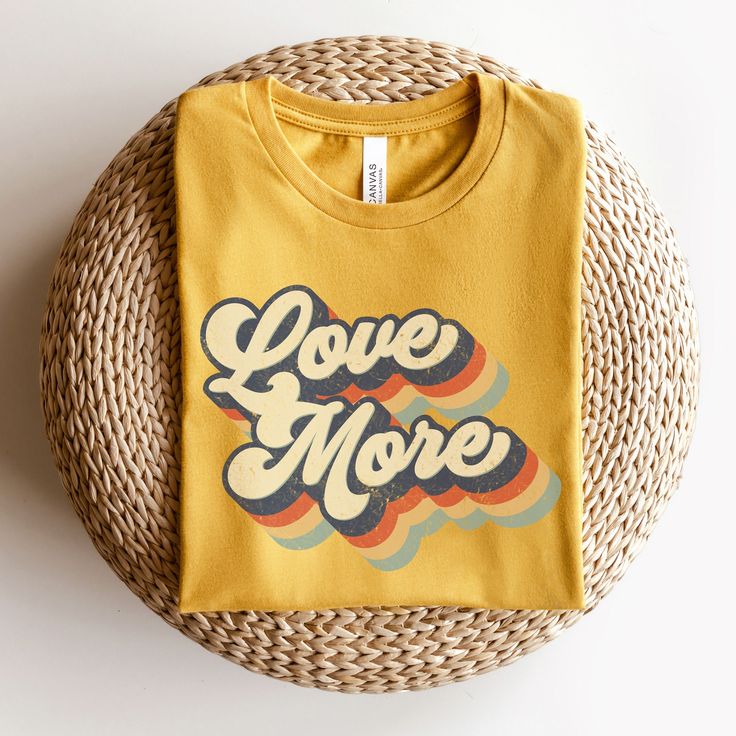
In the ever-evolving world of branded apparel decoration, choosing the right printing method is crucial for success. Two popular options are sublimation and Direct to Garment (DTG) printing. Each has its unique advantages and limitations, making it essential to understand their differences to make an informed decision for your business. In this blog post, we’ll dive deep into sublimation and DTG printing, comparing their processes, requirements, durability, and cost-effectiveness.
Sublimation printing is a method that involves printing a design onto specialty paper and then transferring it to a substrate using heat. This process is suitable for polyester or polyester-coated surfaces.

Step 1: Print the design onto a piece of specialty sublimation paper using either an inkjet or toner printer.
Step 2: Use a heat press to transfer the design from the paper onto the substrate. The heat causes the ink to turn into a gas and infuse with the polyester material.
Step 3: Once cooled, the ink turns back into a solid state, becoming a permanent part of the substrate.
DTG printing, as the name suggests, prints directly onto the garment using inkjet technology. This method is versatile and can print on various fabric types.
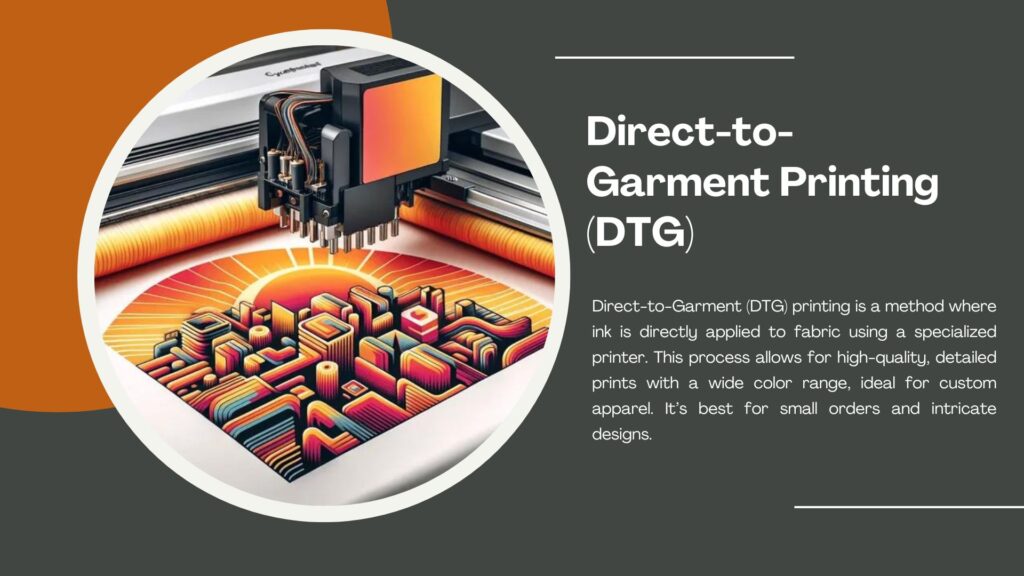
Step 1: Pre-treat the garment with a special solution to ensure the ink bonds properly with the fabric.
Step 2: Use a DTG printer to print the design directly onto the garment. The printer works similarly to an inkjet printer, but prints on fabric instead of paper.
Step 3: Cure the printed design using a heat press to ensure it sets properly and becomes durable.
Good durability, though slightly less than sublimation. DTG prints can withstand multiple washes but may eventually show signs of wear.
Understanding the differences between sublimation and DTG printing can help you decide which method suits your business needs. Let’s break down the comparison into key categories:
Choosing between sublimation and DTG printing ultimately depends on your business goals and the types of products you wish to create. Sublimation is ideal for high-quality, durable prints on polyester items and offers a broad range of printable products. On the other hand, DTG printing is versatile, handling various fabric types and delivering fast, efficient results for bulk orders.
Many successful businesses utilize both methods to cater to diverse customer needs, offering a comprehensive range of printing services. By understanding the strengths and limitations of each method, you can make an informed decision to enhance your branded apparel decoration business.
In partnership with onetreeplanted.org
In partnership with onetreeplanted.org
Please provide the best contact number for our team to reach out to you on, your account rep will reach out within 24-48 business hours.
A 100 piece minimum is needed for an account rep to handle your order.